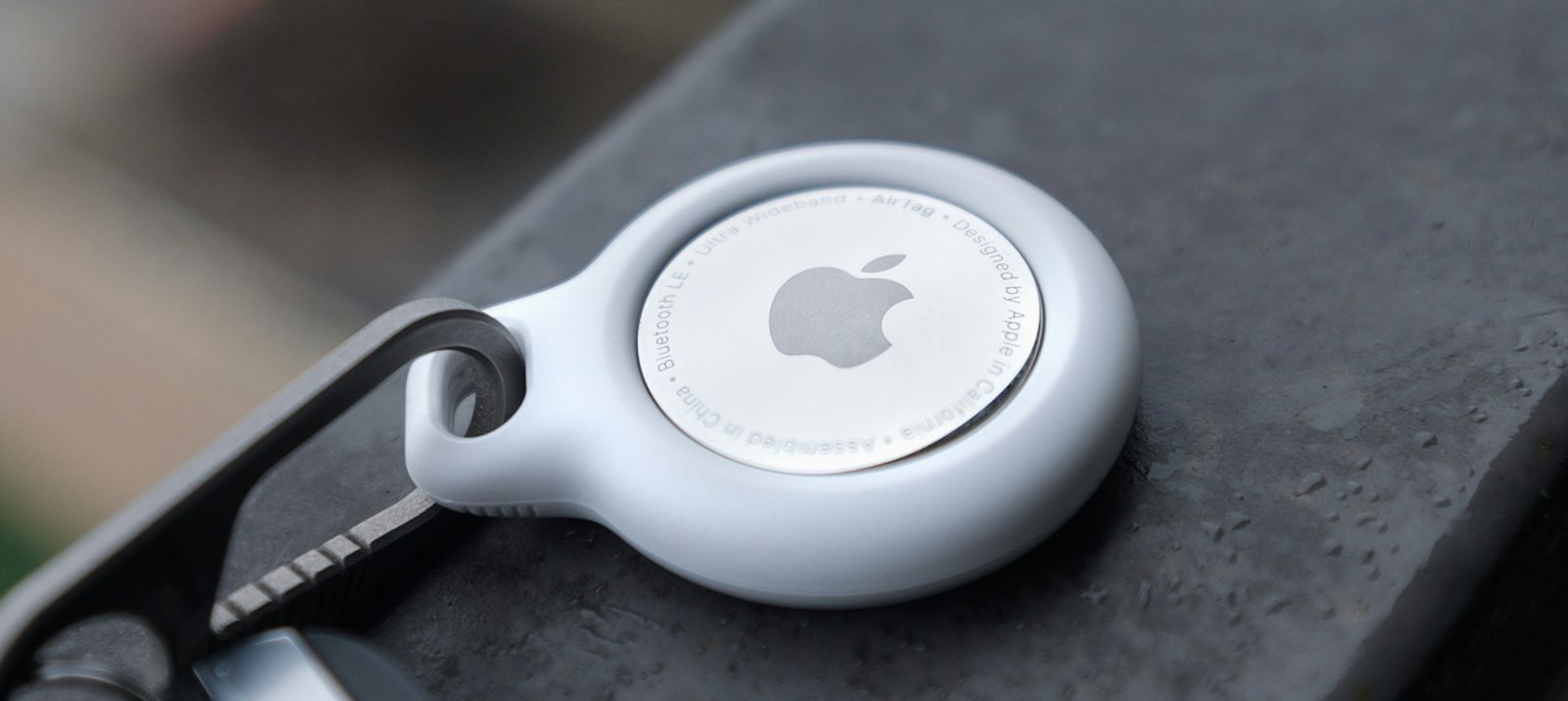
A button on the jacket, an app on the cell phone – and all parental worries about lost children are a thing of the past once and for all, because the child can simply be tracked in an emergency. Sounds great? But Bluetooth tracking has its pitfalls …
The days when children had to mark their paths with breadcrumbs, as in Hansel and Gretel, are over. Today we live in modern media worlds and can track children instead of looking for them. This works, for example, via devices such as smartwatches that locate themselves via GPS and immediately pass on the child’s location to the parents.
But there is another option and that is Bluetooth trackers. The best known are probably the Apple Airtags or Samsung SmartTags, but there are also many other trackers from other providers. These small devices, the size and appearance of key rings, were originally designed to make objects easier to find. If you attach it to your key ring, wallet, bobby car – or even your child – you can locate it via Bluetooth if necessary. The connection between the tracker and smartphone (app) does not work via satellites as with GPS, but directly via radio waves. The tracker connects to an accessible smartphone with a tracker app and can thus determine and send an approximate location. Compared to GPS trackers, Bluetooth trackers are often smaller and lighter, the battery lasts longer and there are no monthly fees. However, they also work somewhat less accurately, especially in the countryside when there are only a few smartphones nearby.
Bluetooth trackers are not the magic cure for relaxed childcare.
On the one hand, Bluetooth is not technically the ultimate in searches: the trackers only really work if there are many matching devices in the vicinity. It therefore makes sense to use a popular tracking app, which is also installed on many other smartphones and helps to determine the location. In the forest, for example, they make no sense at all. In addition, they can only transmit an approximate location. For this reason, a specific area must still be searched in large crowds.
On the other hand, the legal situation is still a little unclear. After all, children also have personal rights – and these include the right not to be monitored without their consent. So at the very least, a conversation and the child’s consent are required to fit them with a tracker. There is also the aspect of data economy to consider: if children are constantly sending and receiving Bluetooth data, strangers can also obtain location information that is none of their business.
And then there is the relationship aspect: secretly monitoring a child is not conducive to building trust in the relationship.
So what to do when the question of a tracker arises?
Have an open conversation with your child and discuss the arguments and scenarios with them in an age-appropriate manner. There are certainly situations – for example in amusement parks, at events or similar – where a tracker gives both you as parents and your child a certain freedom of movement and security. Anxious children in particular may be able to take more independent steps with a tracker in their pocket. In other, less dangerous moments, your child can also enjoy your trust and learn their own strategies for finding their way around.
In all of this, it is important that your child does not get the feeling that they are being monitored or that you do not trust them. So be sure to talk about the ideas and arguments, possibilities and limitations of trackers – and decide together in which situations they seem useful and helpful to all family members and when not. At around 6 to 7 years of age, you can explain the tracking measure to your child in a child-friendly way.